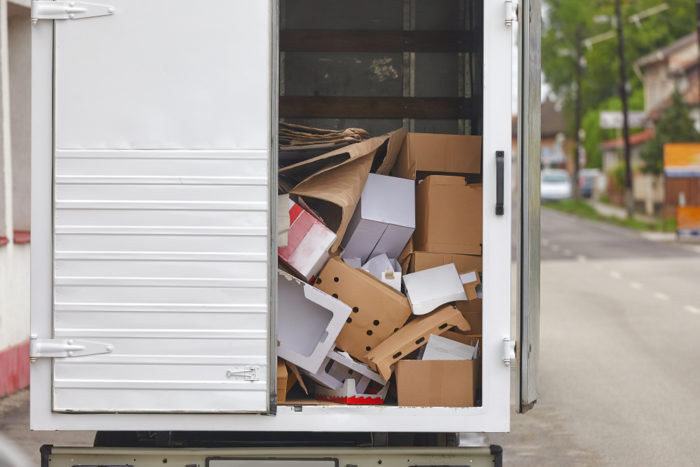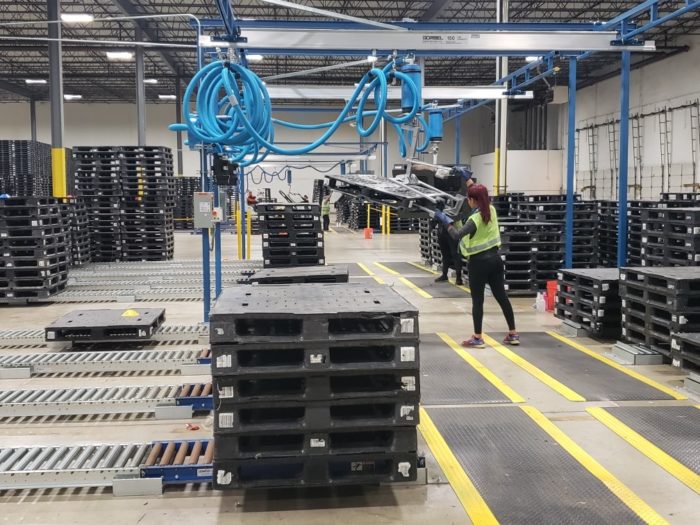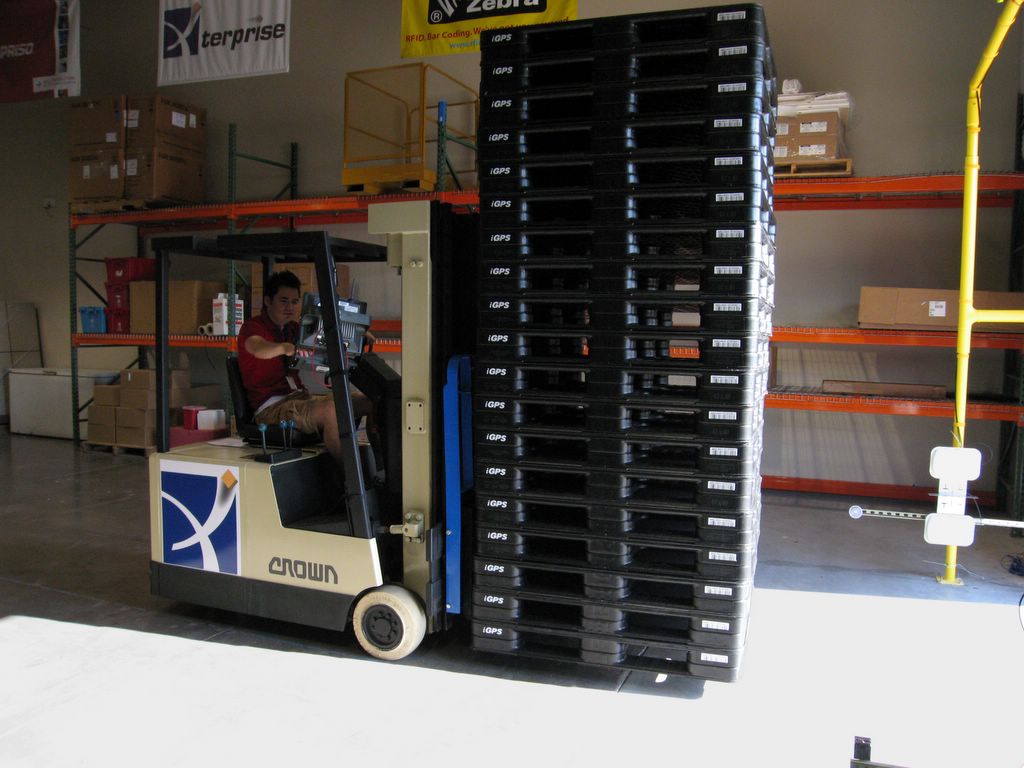[vc_row][vc_column][vc_column_text]Tracking supply chain waste streams isn’t just a matter of looking at the trash that comes out of processes. It’s about understanding how ineffective processes cost companies money–and how they can damage the planet. Waste occurs at every stage in the supply chain, from planning through delivery, and includes material-related streams (metals, glass, plastic, and other materials used to manufacture products) as well as product-related waste streams (packaging and finished products).
Circular approaches to business seek to eliminate physical waste by making the most of every resource. The first step to minimizing waste streams is to break the supply chain down to its basic components and then evaluate the biggest causes of loss. By doing this, supply chain managers can improve operational efficiency, support a circular business model, and take greater corporate social responsibility.
Monitoring Supply Chain Waste Streams
 There are five broad components of the supply chain that managers can monitor in order to track waste. Breaking down the supply chain into these categories and looking for these common issues can help companies gain a handle on their own waste streams.
There are five broad components of the supply chain that managers can monitor in order to track waste. Breaking down the supply chain into these categories and looking for these common issues can help companies gain a handle on their own waste streams.
Damage during transportation and handling can lead to product loss.
| Description | Common Causes of Waste | |
| Plan | This is the stage where the logistics of the supply chain are established and the required materials and man-hours determined. | Lack of appropriate training time leads to mistakes that cause faulty products. |
| Procure | In this stage, necessary raw materials and equipment are sourced and transported for processing. | Oversupply leads to misuse of natural resources. |
| Produce | The actual manufacturing of the product itself and the storage of products after they’re created occurs during this period. | Faulty equipment causes damaged products. Employees waste materials due to errors. Inadequate security leads to product theft. Improper storage causes product loss. |
| Transport | This stage occurs any time a product is moving from one place to the other, whether by rail, truck, boat, plane, or all four. | Damage during transportation and handling leads to product loss. |
| Return | Technically, unless a product is designed to be returned, this stage is all waste. It’s when the consumer or retailer rejects items due to dissatisfaction. | Perishable items must be thrown out entirely. Extra or unnecessary packaging creates plastic, cardboard, and paper waste. |
Reducing waste is an ongoing process, so the job will never be truly done. However, some equipment upgrades, like switching to plastic pallets, can improve the efficiency of every part of the supply chain.
How Plastic Pallet Pooling Reduces Supply Chain Waste
 Plastic pallet pooling serves as an excellent example of a way that companies can reduce their pallet waste. Plastic is a far more durable and lightweight material than the wood traditionally used to make pallets, and plastic shipping pallets last much longer than their wood counterparts. This means that plastic pallets don’t wind up at the dump after a few years of use, contributing to our country’s ever-growing landfills. High-quality plastic pallets are typically ground down and recycled into a new pallet when they reach the end of their useful lives, which means that they remain part of a circular business model. In addition to reducing the waste caused by wood pallets, plastic pallet pooling further reduces common causes of waste in many stages of a company’s supply chain:
Plastic pallet pooling serves as an excellent example of a way that companies can reduce their pallet waste. Plastic is a far more durable and lightweight material than the wood traditionally used to make pallets, and plastic shipping pallets last much longer than their wood counterparts. This means that plastic pallets don’t wind up at the dump after a few years of use, contributing to our country’s ever-growing landfills. High-quality plastic pallets are typically ground down and recycled into a new pallet when they reach the end of their useful lives, which means that they remain part of a circular business model. In addition to reducing the waste caused by wood pallets, plastic pallet pooling further reduces common causes of waste in many stages of a company’s supply chain:
- Procure: Plastic pallet usage reduces the waste of natural resources like wood as the materials in these pallets can typically be recycled and used over and over again. Pooling also makes it easy to increase or decrease pallet supply as needs change.
- Produce and Transport: Plastic pallets have a consistent light weight–up to 30 percent less than pooled wood block pallets–that reduces wear and tear on equipment in manufacturing or warehouse facilities as well as reducing fuel usage and carbon emissions. The stable, uniform dimensions of plastic pallets reduce automation jams that can damage products and cause inefficiencies in production processes. In addition, unlike wood, plastic doesn’t shed debris, splinters, or screws that can contaminate products and damage product packaging during storage or transportation.
- Returns: Retailers often reject loads due to subpar or unhygienic pallets. Using durable and easily cleaned plastic pallets eliminates this risk. In addition, as plastic creates less debris, it reduces the chance of recalls due to contamination or product damage.
A single wide-reaching change to one aspect of your process can have a huge impact.
As you follow your supply chain’s waste streams and seek out ways to use resources and conduct business more efficiently, it’s smart to consider the simplest changes first. A single wide-reaching change to one aspect of your process can have a huge impact. Plastic pallet pooling, for instance, allows managers to limit the waste leaving their supply chain as well as indirectly cut down on waste in other areas of the supply chain at the same time. And, since plastic pallet pooling is a truly circular model, it brings your business one step closer to becoming both circular and sustainable.
iGPS plastic pallet pooling minimizes supply chain waste streams and improves operations from beginning to end. For more information about renting GMA-spec iGPS pallets, contact us at 1-800-884-0225, email a specialist at switch@igps.net, or visit our contact page.[/vc_column_text][/vc_column][/vc_row]



